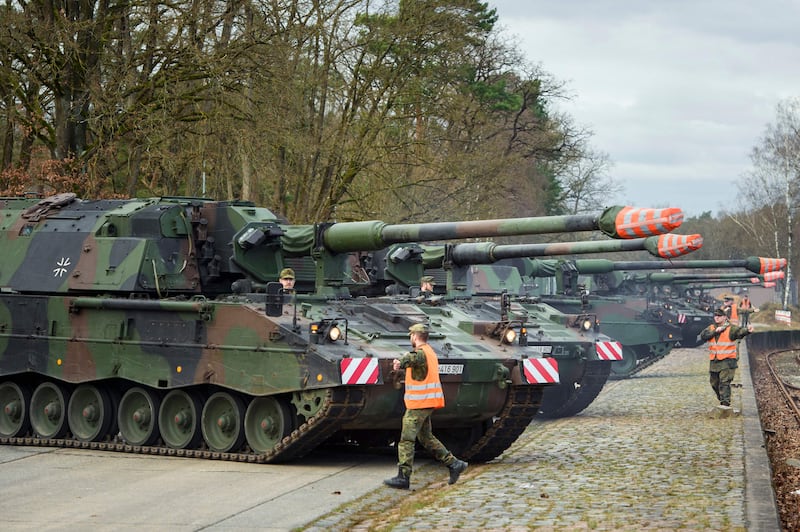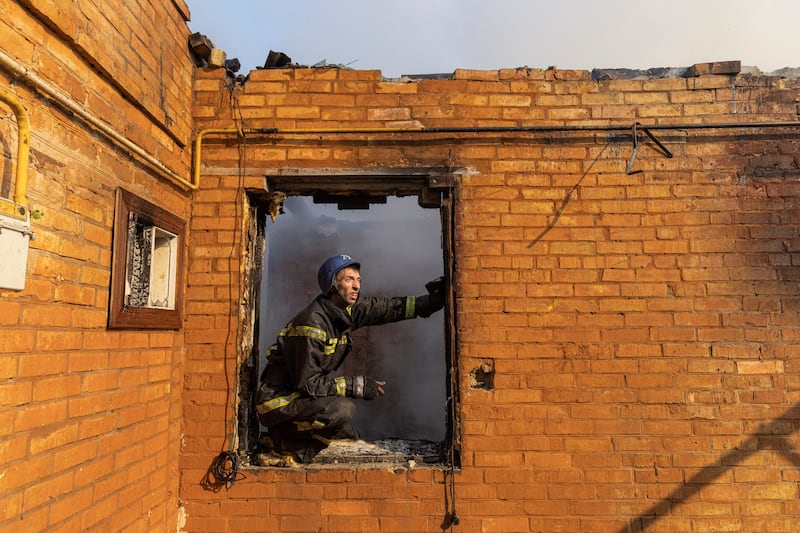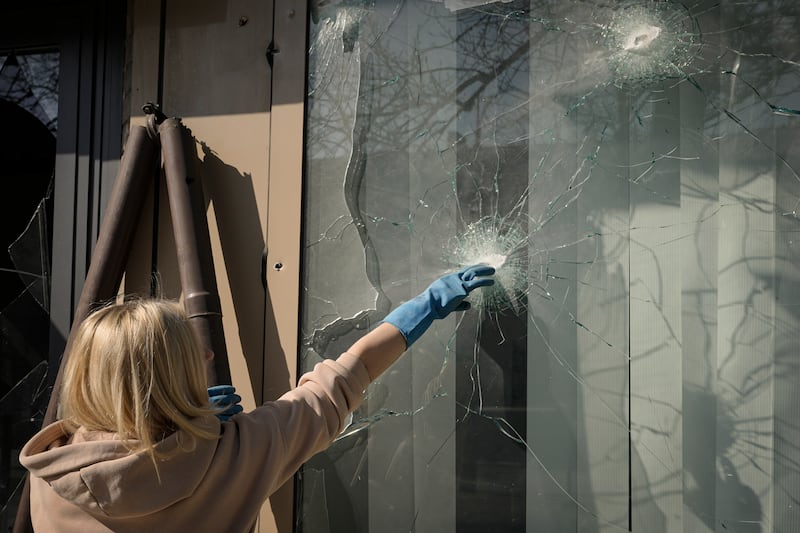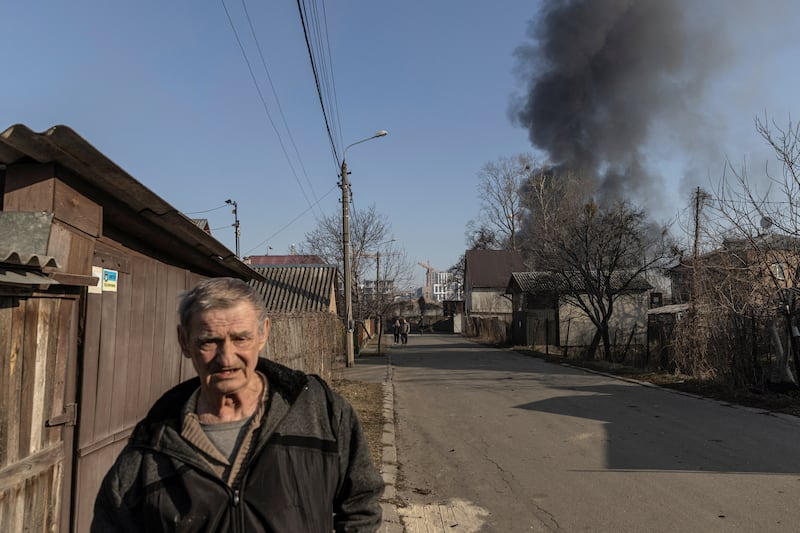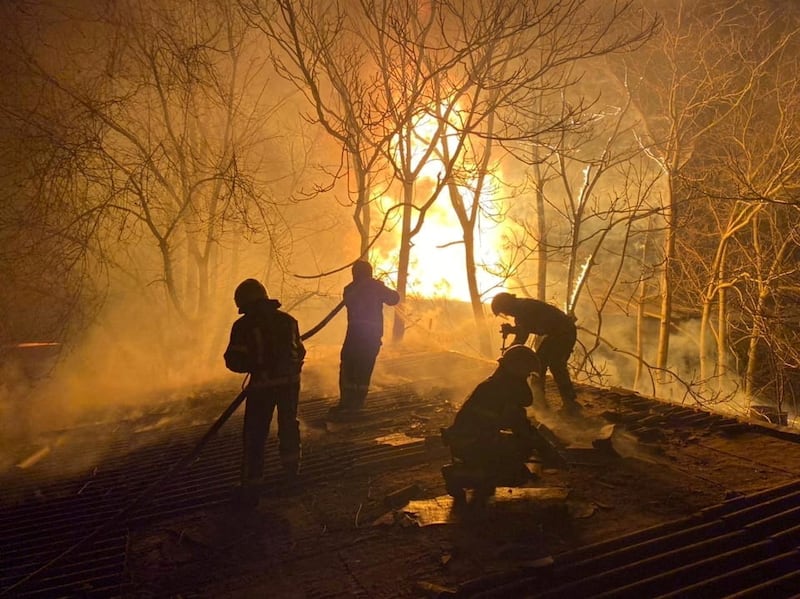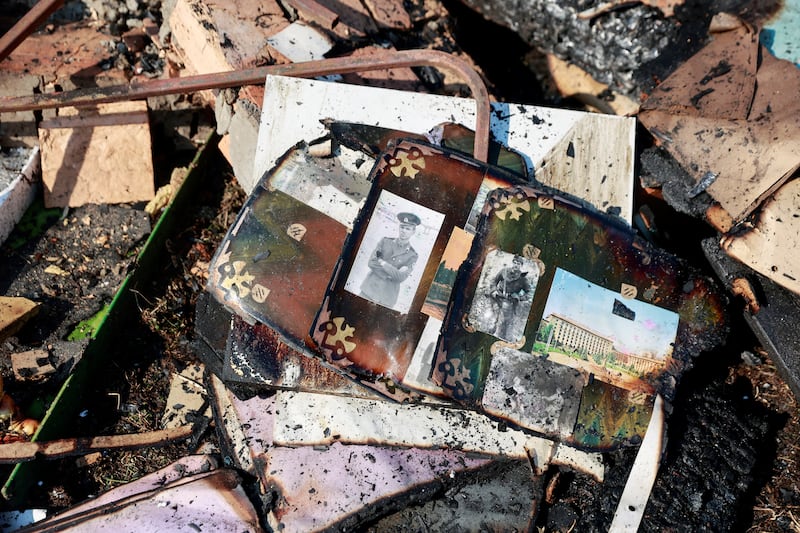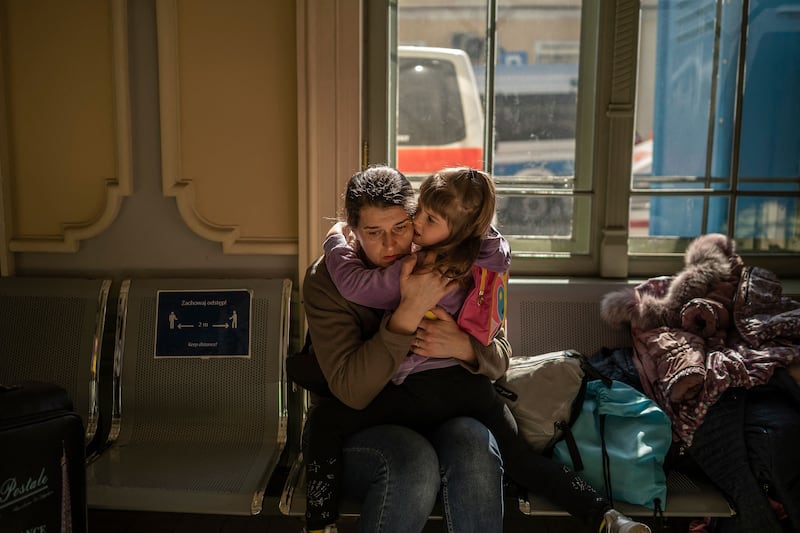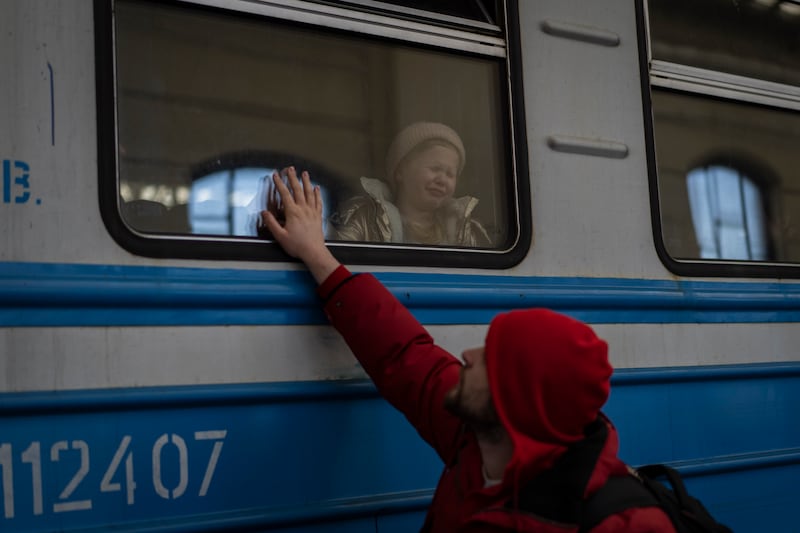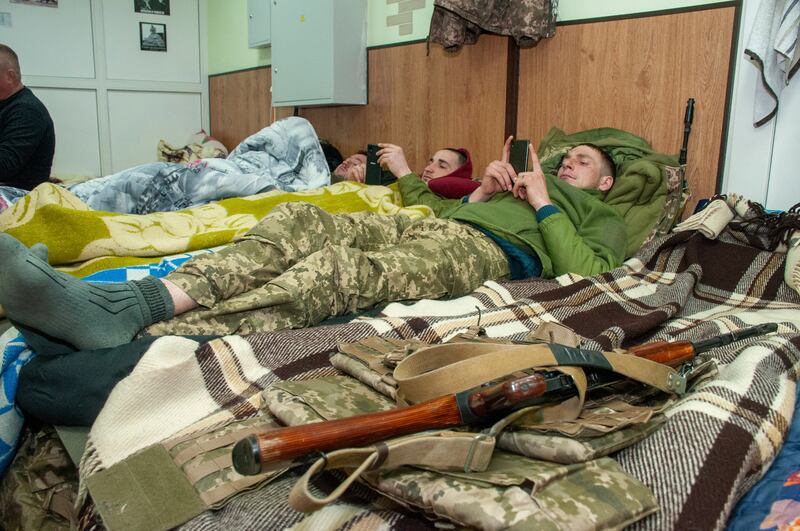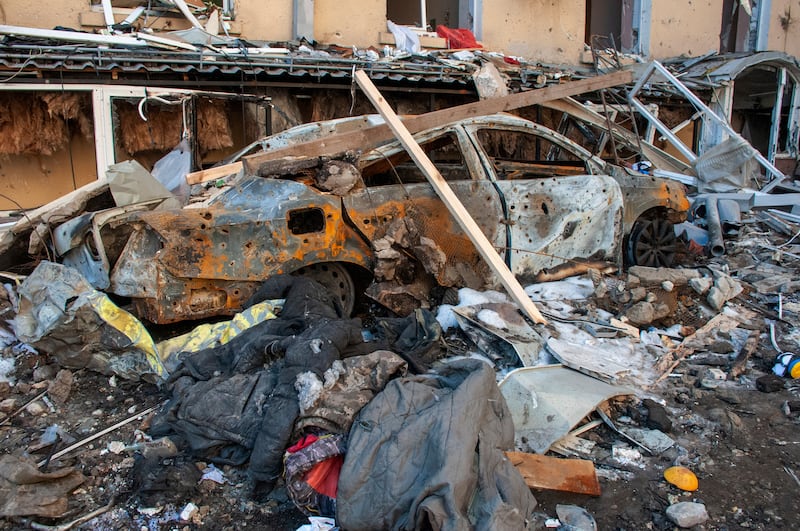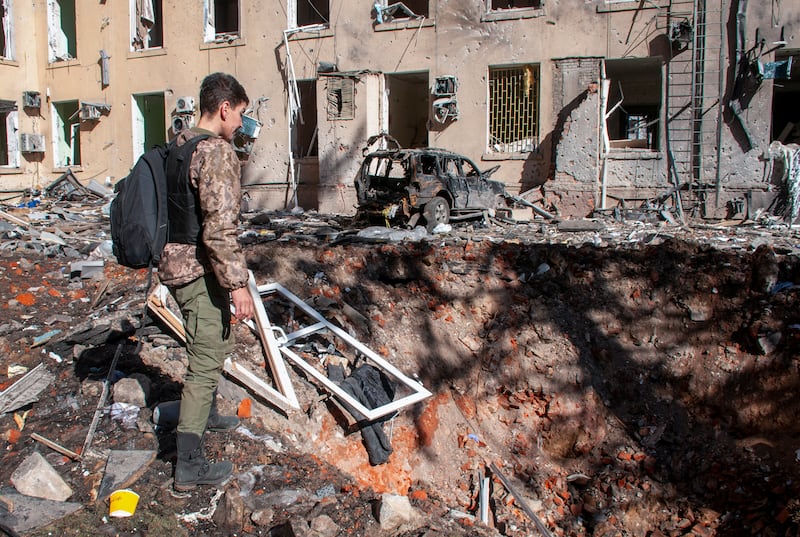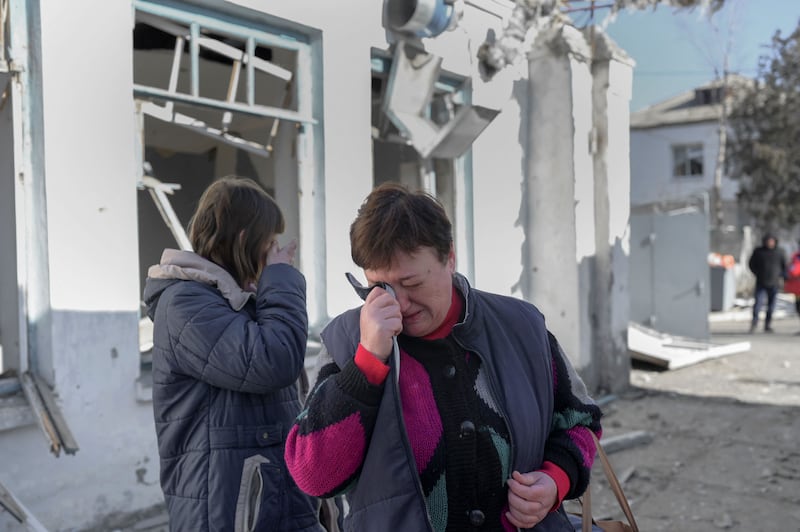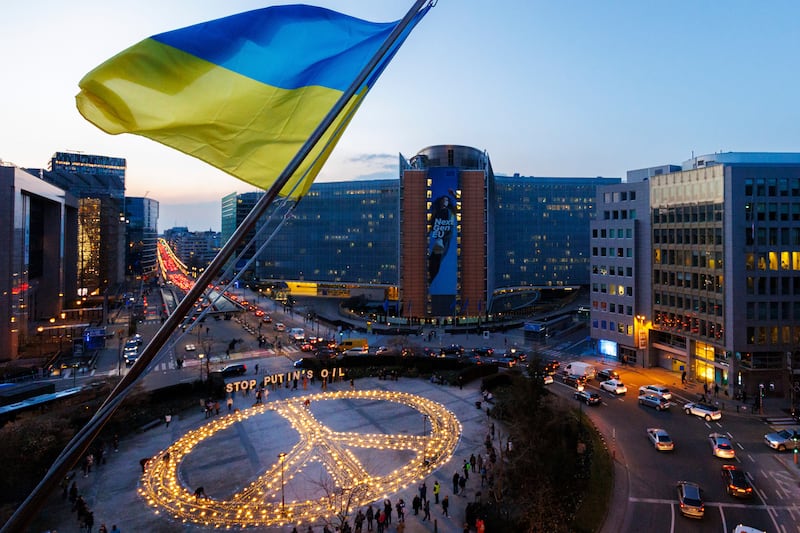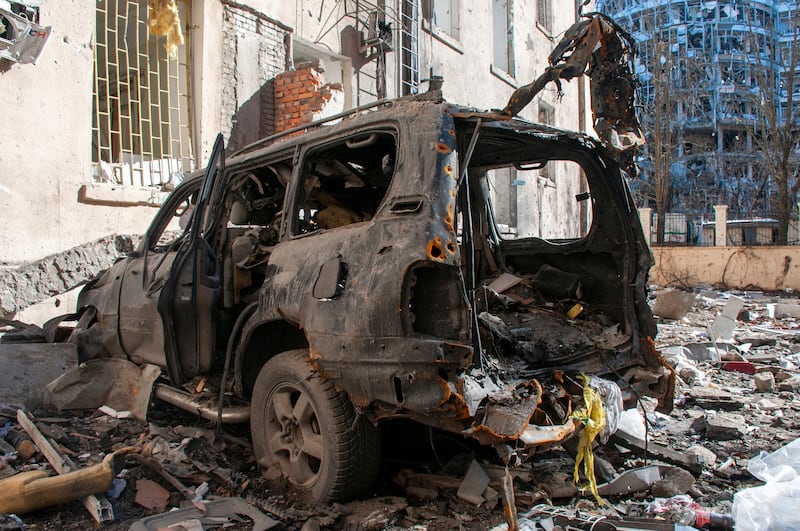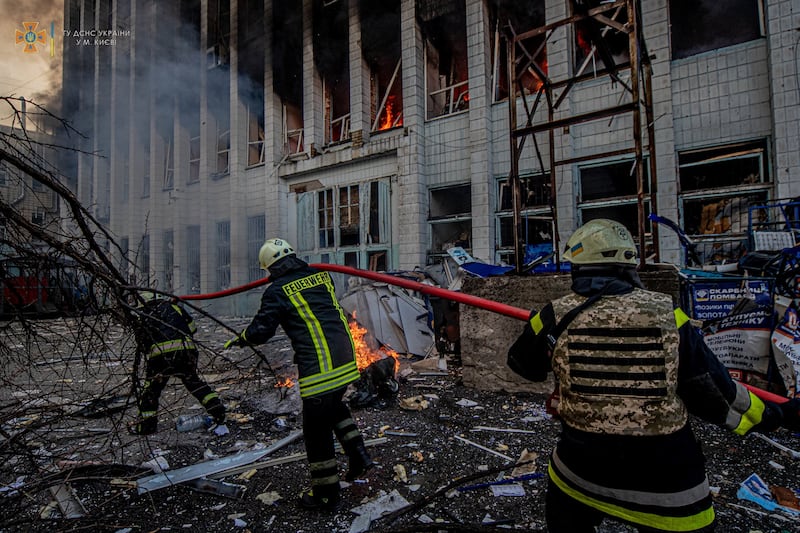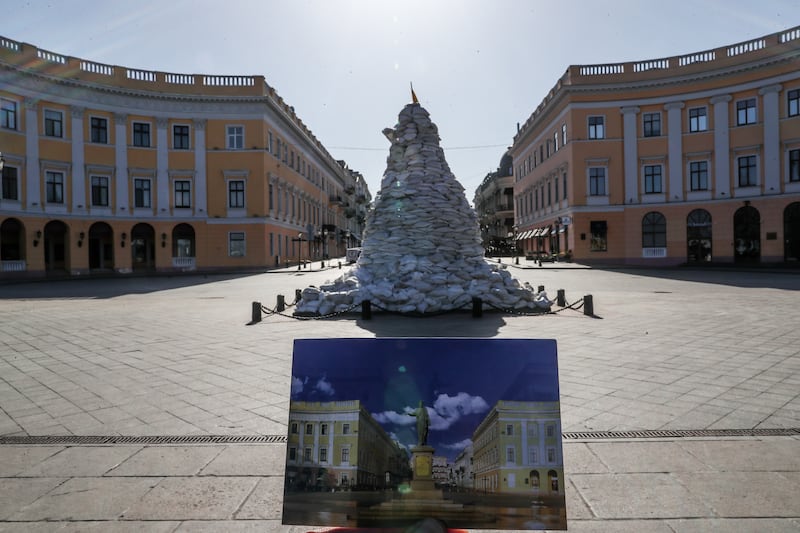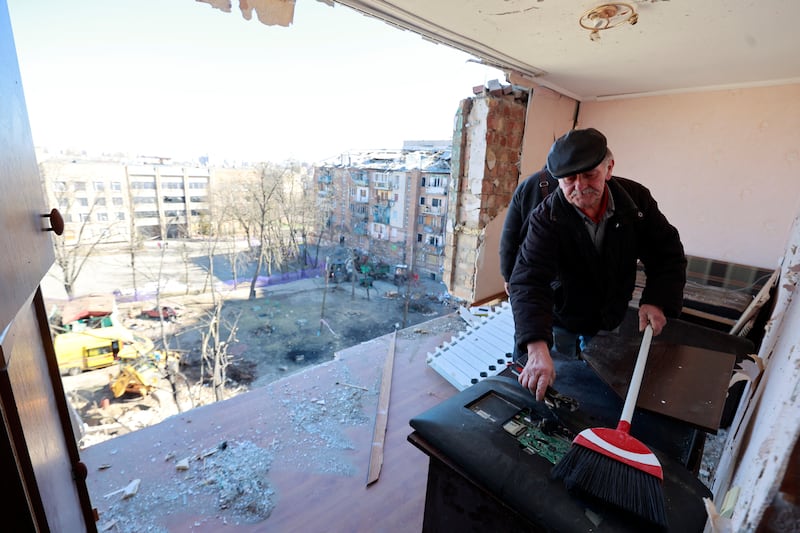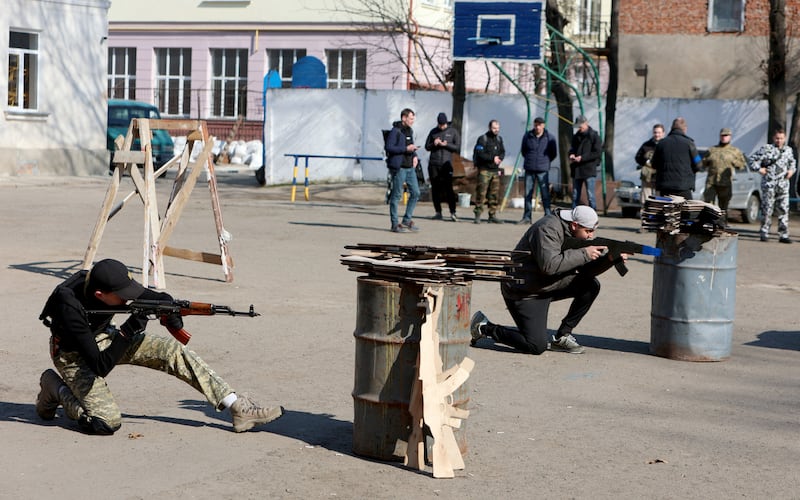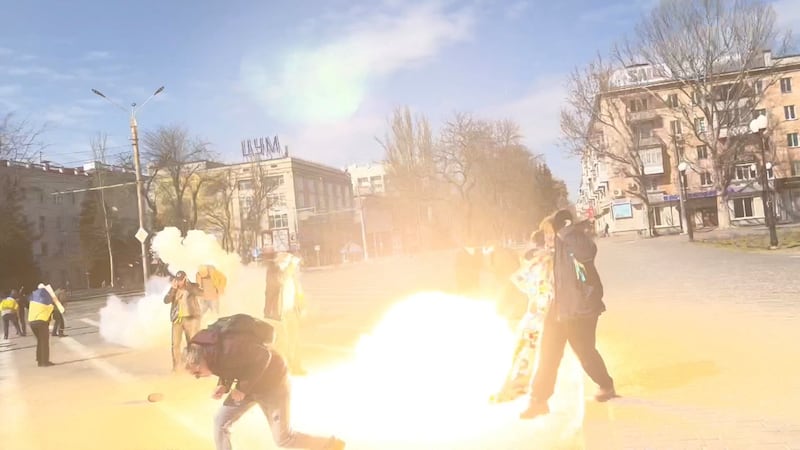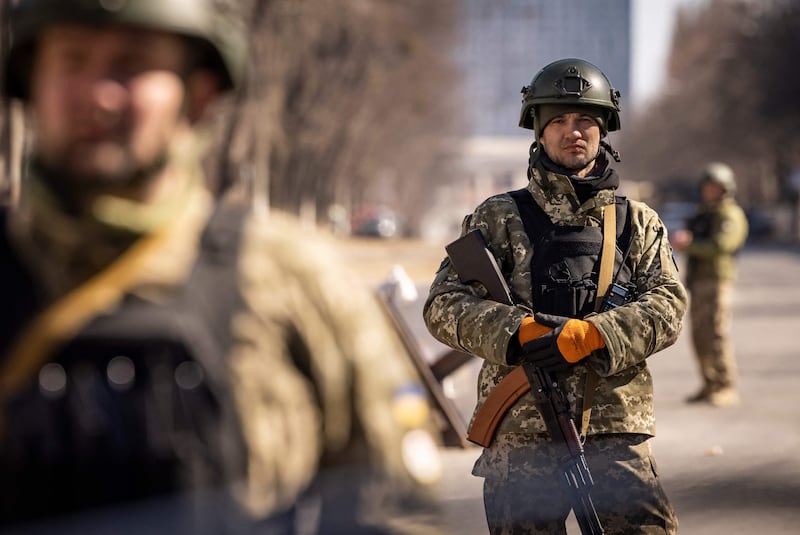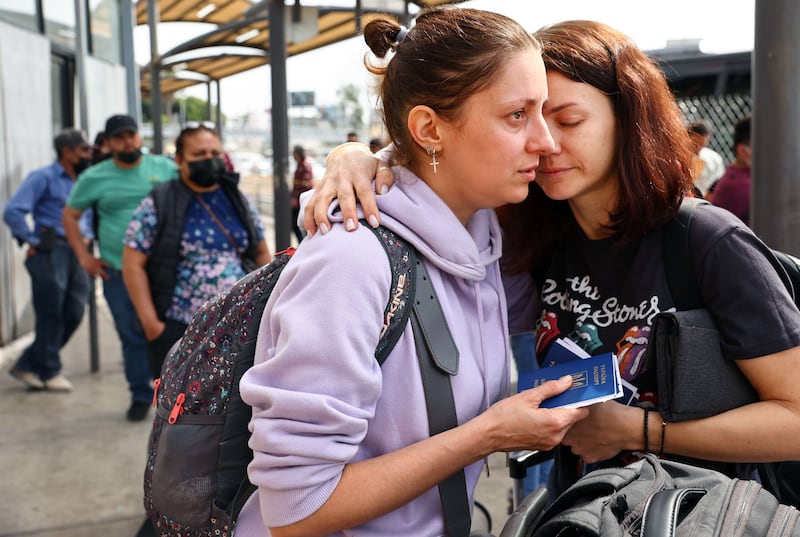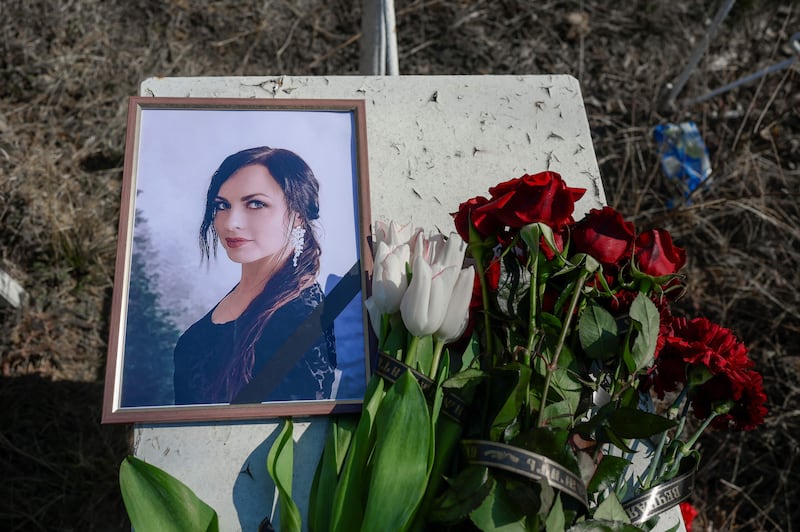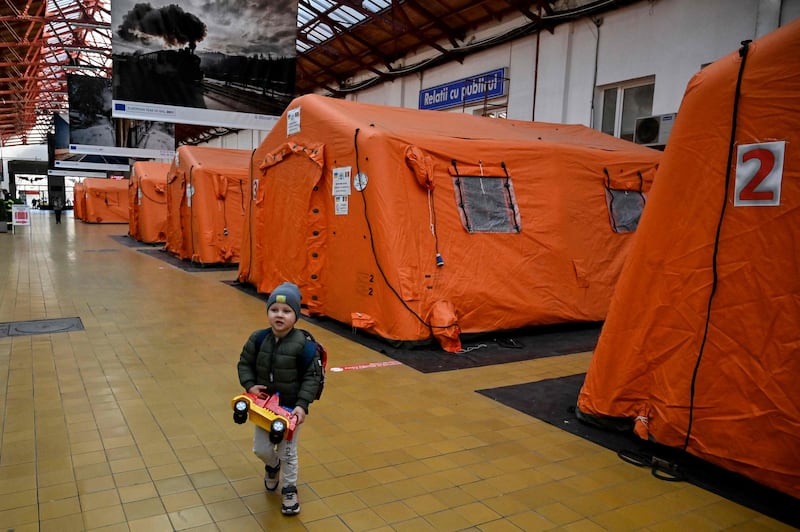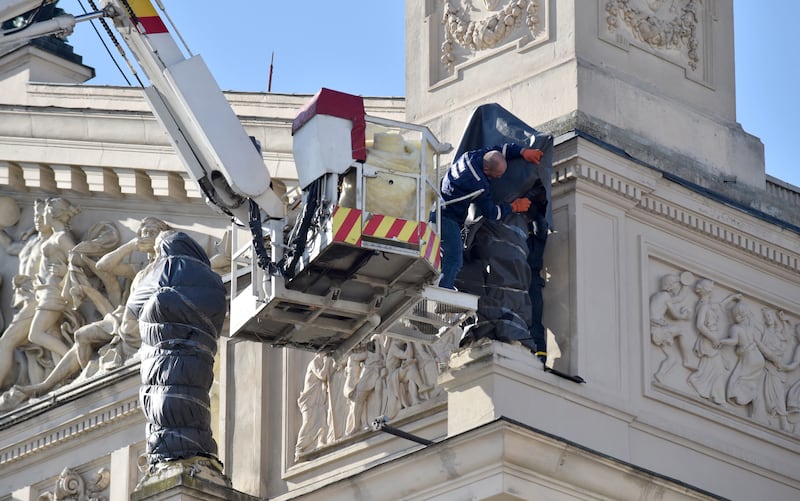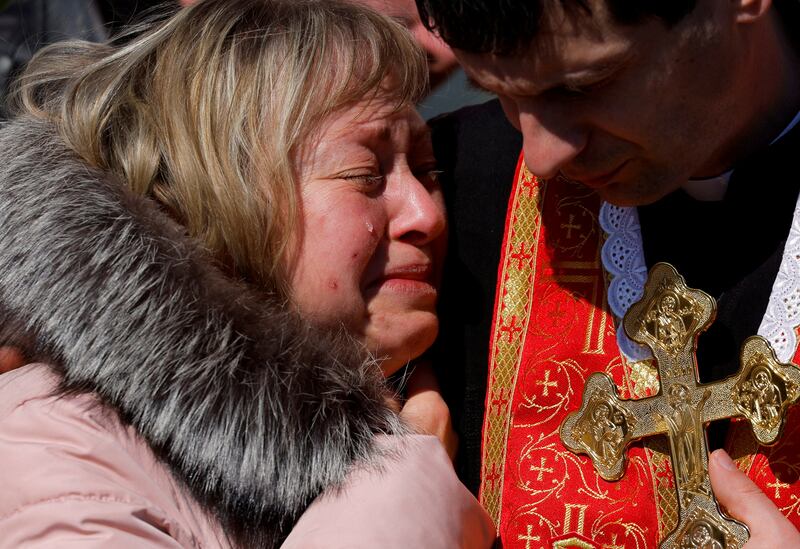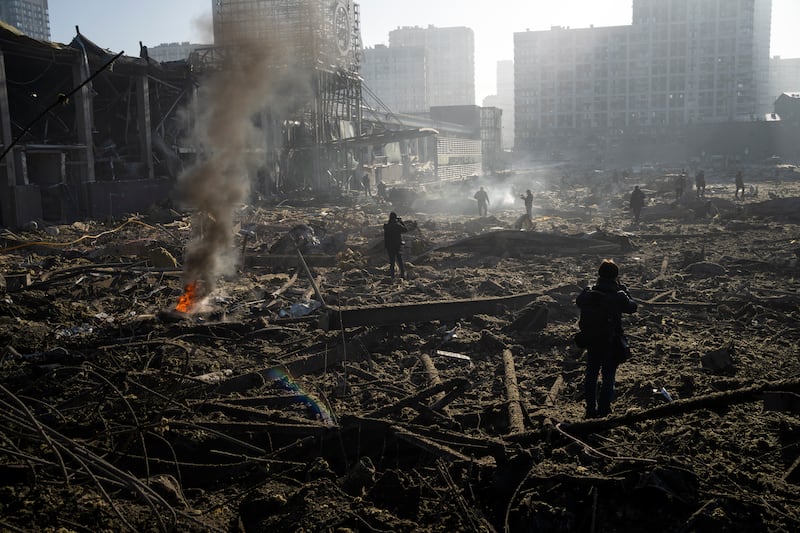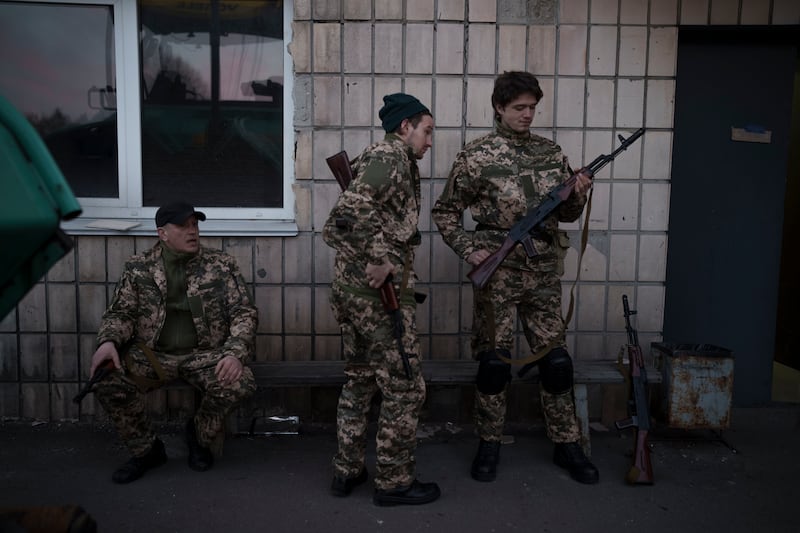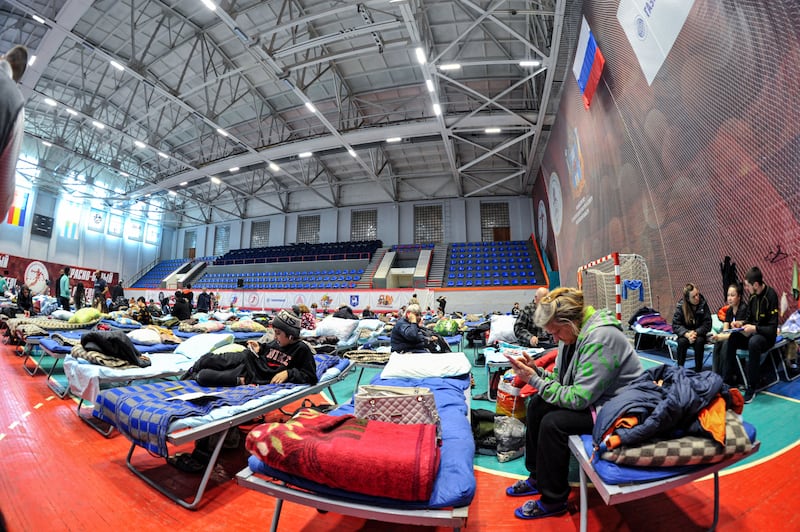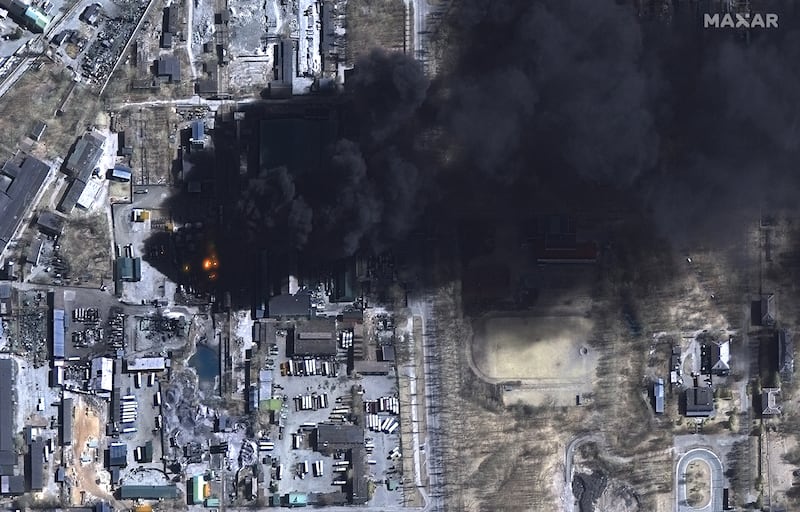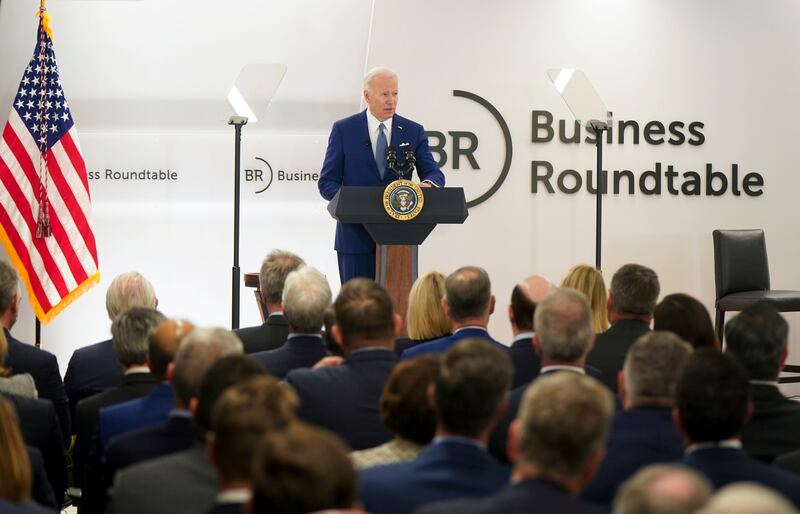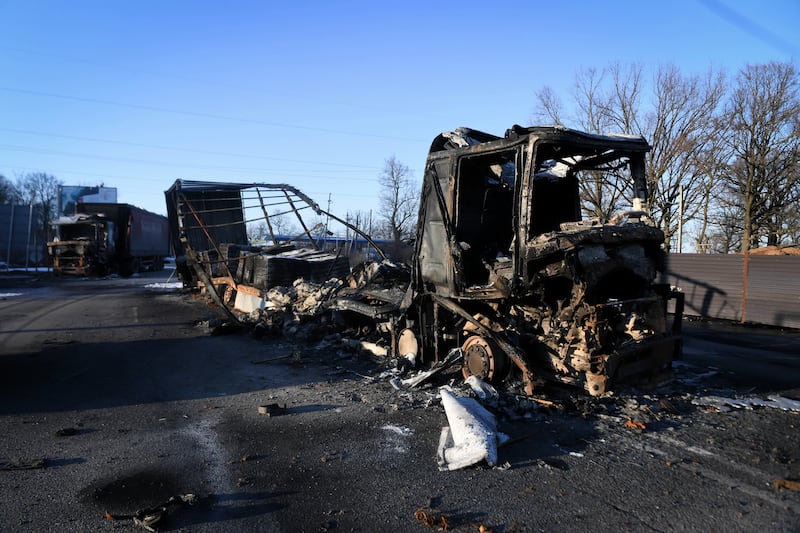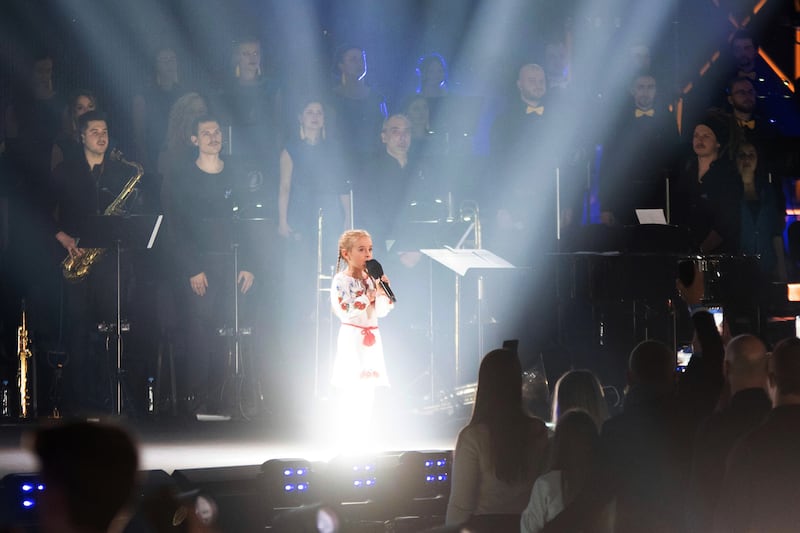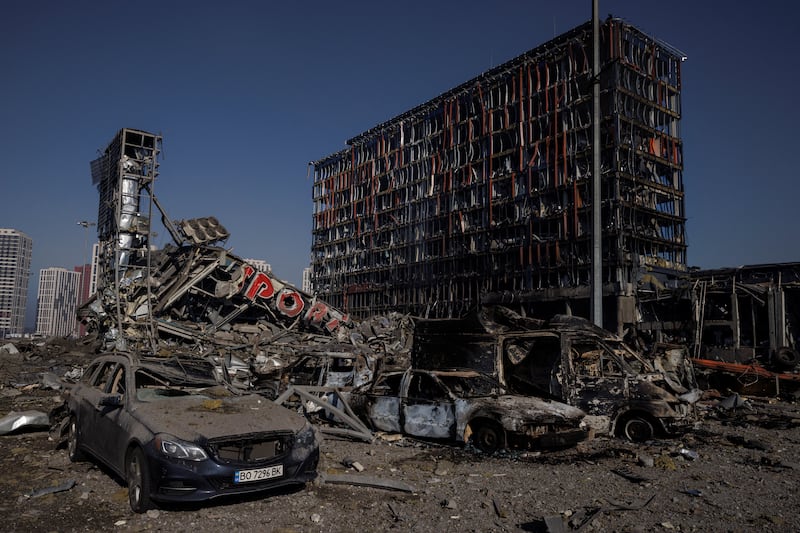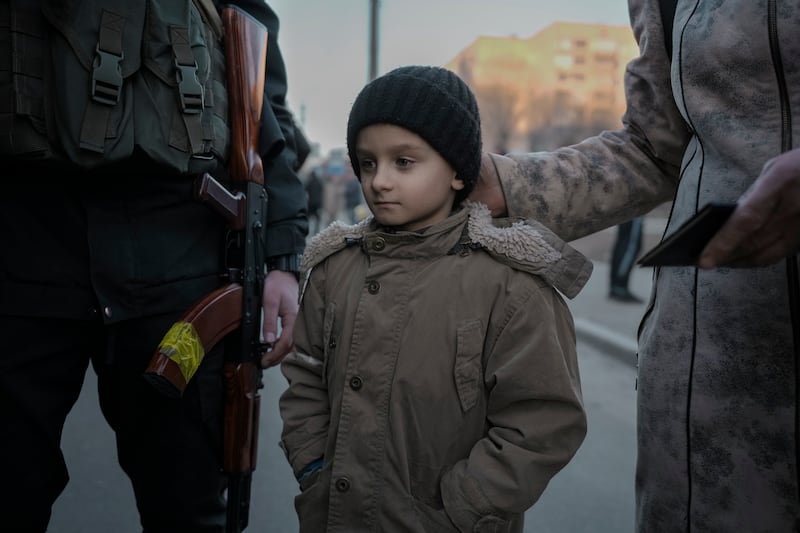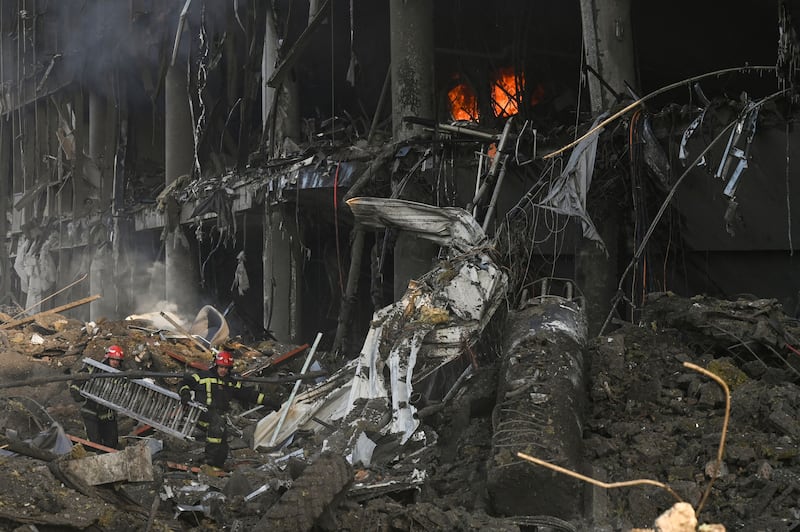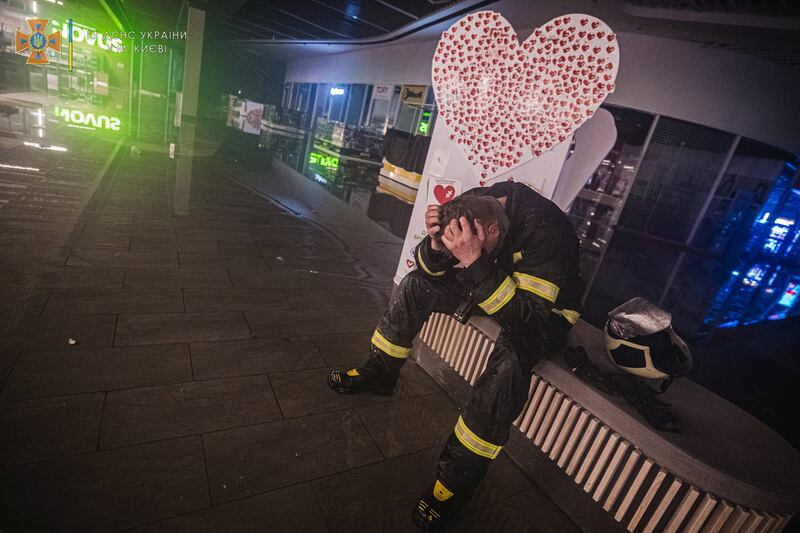Live updates: follow the latest news on Russia-Ukraine
The European Union will establish a 5,000-troop response force and hold joint military drills under a blueprint for a more muscular defence and security policy agreed in the shadow of Russia’s war in Ukraine.
The EU's Strategic Compass has been two years in the making but its approval by the EU’s 27 member states on Monday coincided with efforts to strengthen Europe's security to face up to a more hostile Russia.
A 47-page text agreed by EU foreign and defence ministers calls for a “quantum leap forward” in the bloc’s military capacity during what it described as a “tectonic shift in European history”.
It envisages regular exercises on land and at sea, stronger intelligence capabilities and sending up to 200 civilian mission experts into fraught environments to deal with crises such as migration and terrorism.
The 5,000-troop contingent, which could be used for rescue missions such as the evacuation from Kabul last year, will supersede rotating units known as battle groups which were set up in 2007 but never used.
It is scheduled to become operational by 2025, and Germany said it was willing to provide the core of the force in the first year. Ministers promised to streamline decision-making so it could be quickly put to work.
Other measures in the package to be in operation by 2030 include a new cyber defence policy, a space strategy for security and a drive for technological innovation within the EU’s borders.
Europe’s militaries will also develop strategies by the end of 2023 to prepare for the security implications of climate change.
The paper was hailed by France as a vindication of the long-held ambitions for European sovereignty that it has championed during its six-month presidency of the EU.
The drive for more autonomy and the proposal for a European rapid response force gained momentum last year after the messy exit from Afghanistan exposed Europe’s reliance on the US.
“A more hostile environment and wider geopolitical trends call for the EU to shoulder a greater share of responsibility for its own security,” said the text signed off in Brussels.
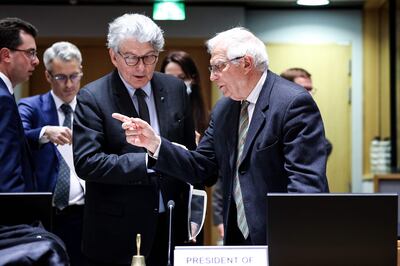
But it described a more security-focused EU as a complement to Nato and said the US-led alliance remained the foundation of Europe’s defence, given unease across much of the continent at any move to loosen ties with Washington at a time of hostility with Russia.
America remained “the EU’s staunchest and most important strategic partner”, said the paper, which also said the bloc was open to a formal post-Brexit security partnership with Britain if it changes its mind about negotiating one.
Russia, by contrast, is described as a “long-term and direct threat for European security” in a passage which refers not only to Ukraine but to Moscow’s interventions in Libya and Syria and its alleged use of mercenaries.
The paper, which echoed Nato’s calls for more defence spending by European countries, was expected to be endorsed by the 27 heads of government on Friday.
“The threats are rising and the cost of inaction is clear,” said EU foreign policy chief Josep Borrell, who steered the process of agreeing the Strategic Compass and has called for Europe to “learn to speak the language of power”.
“Over the next decade, we will make a quantum leap to become a more assertive and decisive security provider, better prepared to tackle present and future threats and challenges,” he said. “If not now, then when?”.
Florence Parly, France’s Defence Minister, said the war in Ukraine had exposed strengths and weaknesses of European defence after Russia could not be deterred from attacking Ukraine.
“More than ever, when war has returned to the European continent, we have to display a clear and unambiguous ambition,” she said.
The shift comes at a time when Nato is also rewriting its strategic blueprint, which was last updated in 2010 at a time when the alliance hoped for co-operation with Russia.
Although there is much overlap between the 30 Nato countries and 27 EU member states, the new European response force could bring in troops from non-Nato nations such as Sweden and Finland.
Nato’s senior generals have been tasked with rethinking its long-term posture towards Russia after countries moved to shore up the bloc’s eastern flank and prevent the war in Ukraine from escalating.
Some Nato countries, notably Germany, have committed to increase defence spending in the face of what they call a changed security environment.
